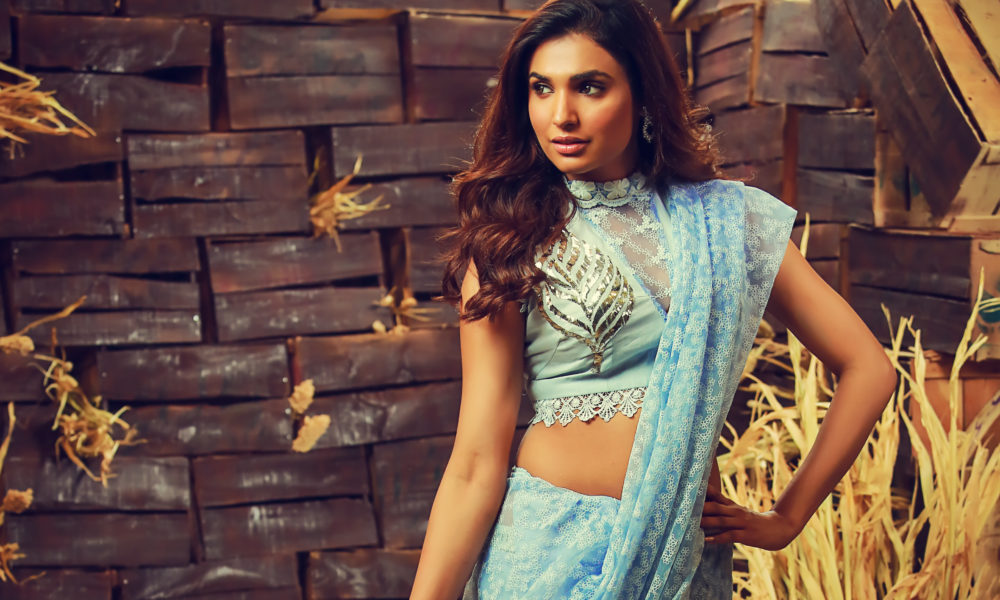Fashion photography is a captivating world where creativity, aesthetics, and storytelling blend seamlessly. Behind the glamorous images that grace magazine covers and billboards lies an intricate process known as fashion photo editing. This process takes raw, unprocessed images and transforms them into stunning visuals that captivate and inspire. In this article, we’ll delve into the fascinating journey of fashion photo editing, exploring the techniques, tools, and artistic decisions that contribute to the creation of visually captivating fashion photographs.
1. Introduction to Fashion Photo Editing
Fashion photo editing is the art of enhancing and refining fashion images to meet the high standards of the industry. It involves adjusting colors, retouching skin, removing imperfections, and ensuring the overall composition aligns with the brand’s vision.
2. Capturing the Raw Essence
Every photo editing journey begins with the raw photograph. These initial shots are the canvas on which the editor’s creativity will unfold. The raw images capture the essence of the fashion scene, presenting a starting point that editors can build upon.
3. Color Grading and Correction
One of the fundamental aspects of fashion photo editing is color correction and grading. Editors adjust the color balance, saturation, and contrast to create a specific mood that aligns with the brand’s identity. From warm and cozy to cool and edgy, color grading plays a pivotal role in conveying emotions.
4. Skin Retouching: The Art of Perfection
In the world of fashion, flawless skin is a must. Photo editors use advanced retouching techniques to smooth out imperfections while maintaining a natural look. Striking a balance between perfection and authenticity is crucial in this step.
5. Background Enhancement
The backdrop of a fashion photo can significantly impact its overall impact. Editors may choose to enhance, replace, or blur the background to draw attention to the subject while maintaining visual harmony.
6. Clothing and Accessories Refinement
Fashion garments and accessories should look impeccable in the photographs. Editors meticulously retouch wrinkles, adjust colors, and enhance textures to ensure every detail is flawless.
7. Creative Effects for Visual Drama
To infuse a sense of drama and uniqueness, editors experiment with creative effects. This could include adding filters, manipulating lighting, or even incorporating artistic elements to elevate the visual storytelling.
8. Maintaining Proportions and Symmetry
In fashion photography, proportions and symmetry are crucial. Editors carefully adjust the proportions of the subject, making sure lines and angles are visually pleasing and balanced.
9. Highlighting Key Features
Certain features, like makeup or accessories, deserve special attention. Editors accentuate these elements, making them pop without overshadowing the overall composition.
10. The Power of Collaboration
Fashion photo editing is rarely a solo endeavor. Collaboration between photographers, stylists, and editors is vital to ensure the final result aligns with the brand’s vision.
11. Digital vs. Analog Editing
While digital editing dominates the industry, some photographers and brands still opt for analog editing techniques. Understanding the nuances of both approaches is essential for a well-rounded editor.
12. Ethical Considerations in Retouching
The fashion industry has grappled with debates about body image and authenticity. Editors must navigate these ethical considerations, ensuring that retouching enhances without distorting reality.
13. Mobile Editing and Social Media
With the rise of social media, mobile editing apps have gained prominence. Fashion editors also adapt their skills to these platforms, creating eye-catching visuals that resonate with mobile users.
14. Staying Updated in a Dynamic Industry
The world of fashion and photography is ever-evolving. Successful fashion photo editors stay updated with the latest trends, tools, and technologies to maintain their edge in the industry.
15. Conclusion: Crafting Visual Stories
Fashion photo editing is a blend of artistry, technical skill, and an acute understanding of the brand’s identity. From raw images to polished masterpieces, the journey of fashion photo editing is an integral part of the industry’s creative process.
FAQs (Frequently Asked Questions)
What software do fashion photo editors primarily use? Fashion photo editors often use Adobe Photoshop and Lightroom for their editing endeavors.
How long does it take to edit a fashion photograph? The time required for editing varies depending on the complexity of the image and the desired outcome. It can range from a few minutes to several hours.
Is excessive retouching ethical in fashion photography? Excessive retouching that distorts the natural appearance of the subject has raised ethical concerns. Many professionals strive for a balance between enhancing and maintaining authenticity.
Can mobile apps replace desktop editing software? Mobile apps offer convenience and quick fixes, but professional fashion photo editing often requires the advanced features and precision offered by desktop software.
What skills are essential for a successful fashion photo editor? A successful fashion photo editor needs a keen eye for detail, a strong sense of aesthetics, proficiency in editing software, and effective communication skills.

